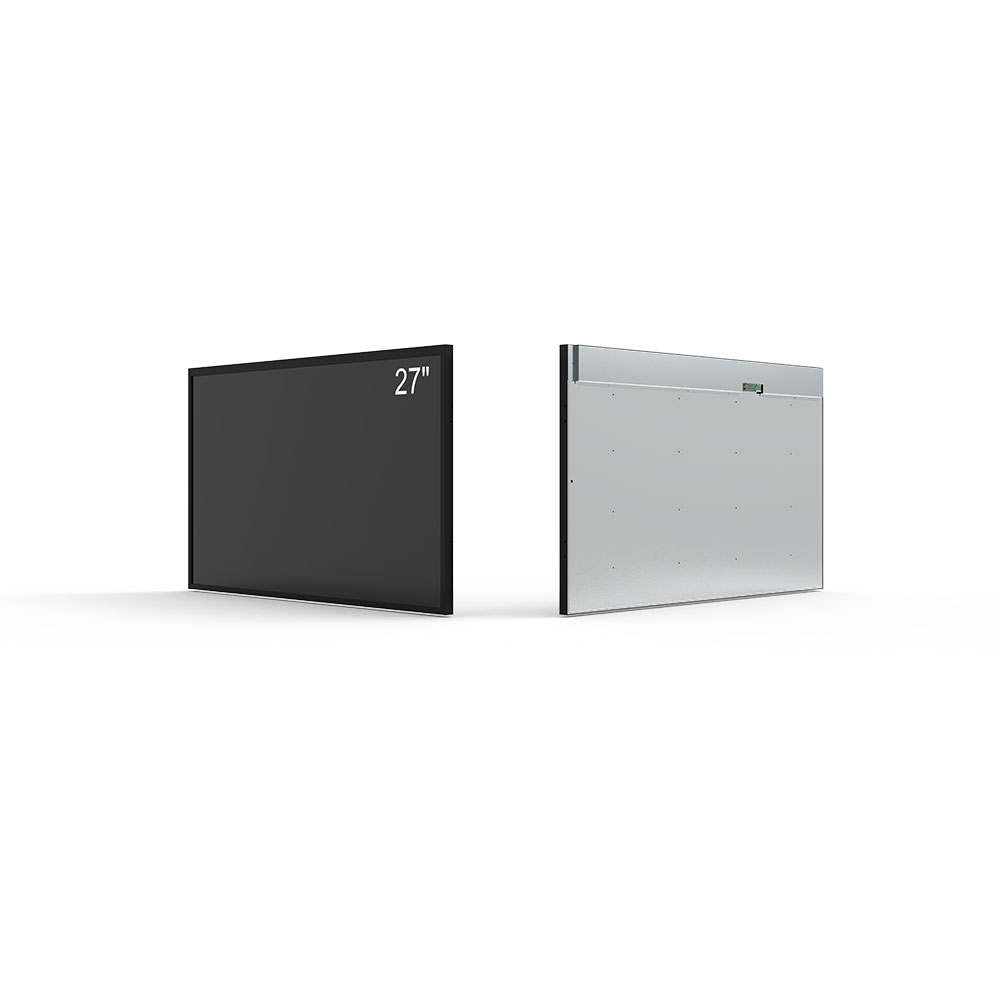When designing industrial control systems, outdoor equipment, or military-grade devices, selecting a sunlight-readable high-brightness LCD display is not just a preference—it’s a necessity. These displays must remain fully visible under direct sunlight (typically 5000–10000 cd/m² ambient light) while maintaining clarity, color accuracy, and operational reliability in extreme environments.
Industry standards such as MIL-STD-810G and IEC 60068 define environmental resilience, but what truly separates a quality display from a commodity product lies in the engineering of its backlighting, surface treatments, and panel technology. For example, LED-backlit IPS panels with brightness levels exceeding 5000 nits are now standard in modern high-brightness LCDs. These panels use advanced optical films and anti-reflective coatings—often combined with a matte screen finish—to minimize glare and maximize contrast even at 10,000 lux.

Moreover, real-world testing matters. A case study from a leading defense contractor revealed that displays rated at 3000 nits failed during field operations in desert climates due to inadequate thermal management and insufficient luminance margin. In contrast, those rated at 5000+ nits performed flawlessly across multiple deployments in both arid and humid conditions. This highlights the importance of choosing displays with built-in headroom—not just meeting minimum specs but exceeding them by 20–30%.

Another critical factor is the use of active matrix technologies like TFT-LCD or OLED, which provide faster response times and better viewing angles. For applications involving fast-moving data (e.g., vehicle dashboards or drone telemetry), response times below 25ms are essential to avoid motion blur.
Power efficiency is also key in battery-powered devices. Modern high-brightness LCDs now incorporate adaptive brightness control using ambient light sensors. This feature dynamically adjusts brightness based on real-time lighting conditions, reducing power consumption by up to 40% without sacrificing visibility.
Finally, durability matters. Look for displays with sealed housings (IP65 or higher), wide operating temperature ranges (-30°C to +70°C), and compliance with EMI/EMC standards like EN 55032. Such specifications ensure long-term reliability in harsh conditions—from oil rigs to mobile command centers.
In summary, successful implementation hinges on matching the display’s technical performance to the application environment. Whether for construction machinery, agricultural automation, or maritime navigation, investing in certified, high-brightness, sunlight-readable LCDs significantly enhances user safety, system uptime, and operational efficiency.







